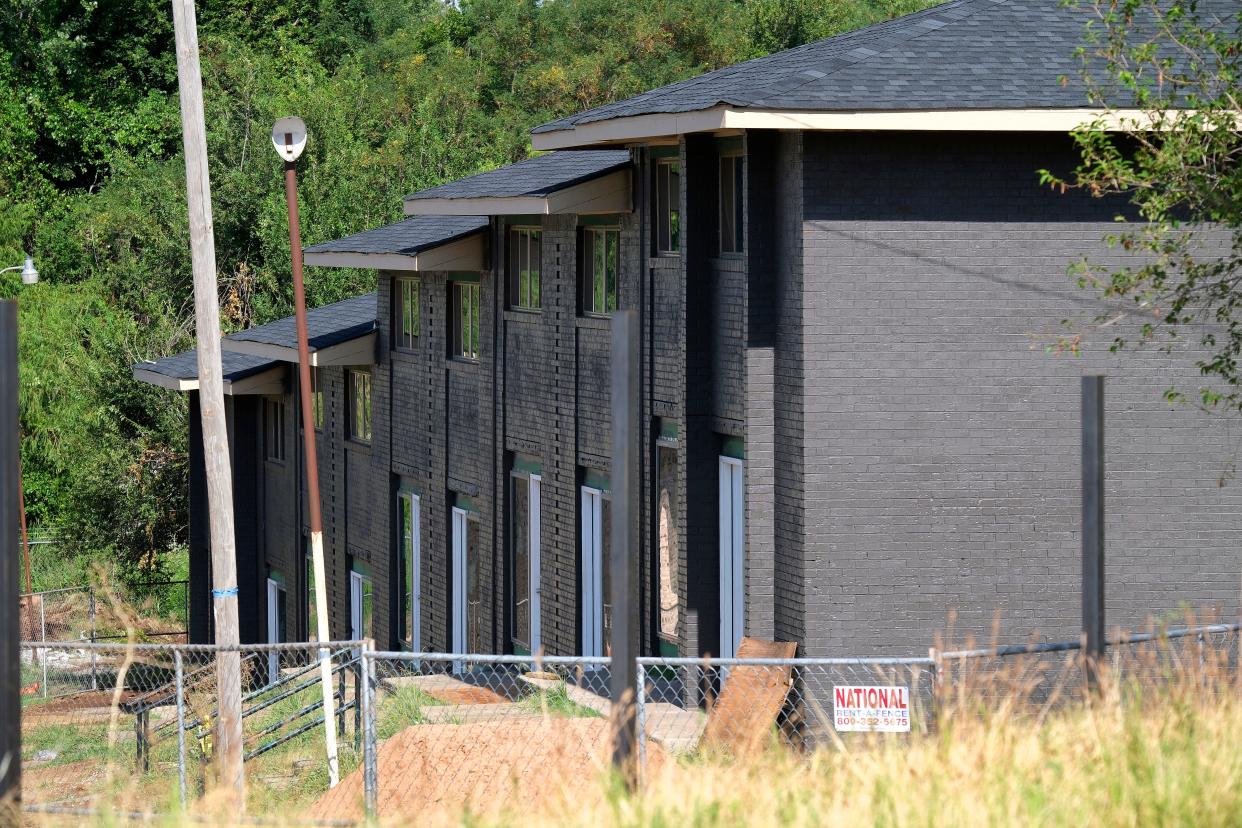Oklahoma to stop accepting applications for Section 8 Housing

A state agency that funnels federal dollars for rental housing programs throughout Oklahoma will stop accepting new applications amid a continued housing shortage for low-income families.
The Oklahoma Finance Housing Agency said in a news release that it will no longer accept applications for its Section 8 waitlist effective Oct. 16, but officials said it’s temporary.
The agency said in a statement Monday that existing resources aren’t keeping up with demand. Current funding helps 10,100 families per month, but the agency receives about 1,100 new requests for assistance each month. The waitlist is three years long with 17,000 households already on the list.
Section 8 is the federal government’s “major program for assisting very low-income families, the elderly, and the disabled to afford decent, safe, and sanitary housing in the private market,” agency spokesperson Holley Mangham said in an email.
More: OKC hopes federal grant can transform this poor, high crime neighborhood
Mangham said closing the list will allow staff to focus on helping those on the waitlist.
“We can only apply for funds that are available, and we can only spend what is allotted to us,” she said.
The Section 8 applications closure isn't permanent. When might it reopen in Oklahoma?
She also said it’s not the first time the agency has closed the list, and the closure is not permanent. Federal rules allow the agency to close it after the estimated wait time is 24 months, Mangham said.
It wasn’t clear when the wait list could reopen.
Residents still in need of housing programs can apply with local housing agencies. The closure also does not impact people who are already on the agency’s waiting list or those who are already receiving assistance, she said.
The move is a clear sign that federal funding isn’t enough to keep up with the demand from renters who are at the highest risk for eviction, said Sabine Brown, senior policy analyst at Oklahoma Policy Institute.
More: Oklahoma City's affordable housing stock continues to shrink while rents spike
“I think we need more federal funding, but it’s such a big problem, I think it’s really important for policy makers at state and municipal levels to start looking for solutions,” Brown said.
The state Legislature passed the Oklahoma Housing Stability Program with $215 million to boost affordable housing supply. It took effect July 1.
Brown said that funding won’t help low-wage earners, who are the most vulnerable to evictions, because it targets workforce housing. Workforce housing serves people whose income falls just above low-income housing program requirements, but is not high enough to afford the housing market.
“I think it’s a great start, but I think we’re going to need funding to be targeted to the folks who need it the most, which is extremely low-income renters,” Brown said. “It’s these renters who are really in danger of eviction.”
Oklahoma Voice is part of States Newsroom, a nonprofit news network supported by grants and a coalition of donors as a 501c(3) public charity. Oklahoma Voice maintains editorial independence. Contact Editor Janelle Stecklein for questions: info@oklahomavoice.com. Follow Oklahoma Voice on Facebook and Twitter.
This article originally appeared on Oklahoman: Section 8 housing waitlist in Oklahoma closed due to long wait

